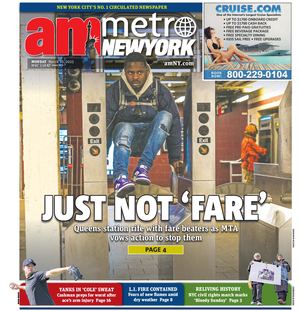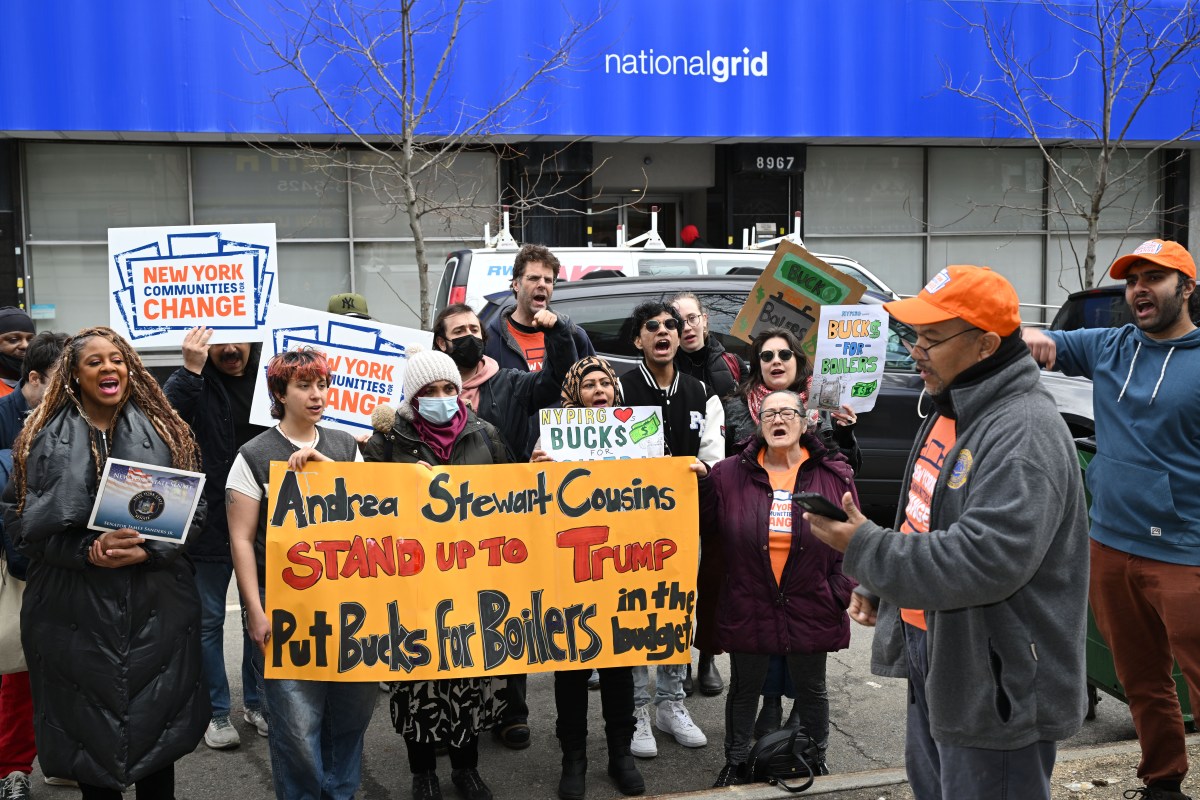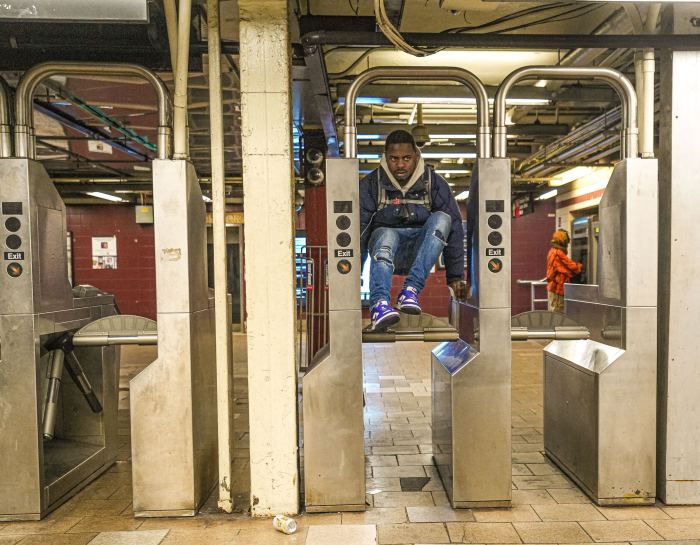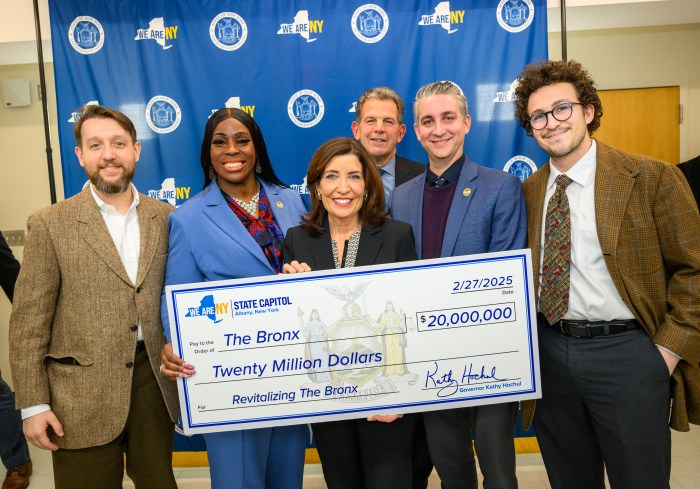
Official plans for an Amazon headquarters in Long Island City have not been announced, but some residents are already concerned the e-retailer’s arrival would accelerate rapid development along the East River, without making a prime delivery of services and amenities they say are sorely needed in the neighborhood.
Long Island City leaders said Amazon’s apparent intentions of splitting its second headquarters between Long Island City and a suburb of Washington, D.C., would come with perks and pitfalls, so planning for such a move would be paramount. Reserving space for parks and schools, alleviating congestion on local subway lines and improving other infrastructure is particularly important for Long Island City because the once relatively industrial area is in the middle of an apartment and population boom, according to Pedro Gomez, president of the Court Square Civic Association, which represents a southern section of the neighborhood.
“Long Island City is still trying to figure out what it is,” said Gomez, adding later in the interview: “It’s like, ‘Oh, here comes another thing to Long Island City without the infrastructure plan.’ “
In late 2017, Amazon announced it was looking for a place to open a second headquarters, dubbed HQ2, and the Seattle-based firm invited municipalities across the North America to submit proposals for a hub that was expected to cost $5 billion and employ 50,000 people. By Monday evening, Amazon was said to be considering dividing HQ2 between two campuses — one in Long Island City and one in Crystal City, Virginia, as was first reported by The Wall Street Journal.
Amazon did not respond to requests for comment.
Gov. Andrew Cuomo has been vocally courting the company, but the state’s economic development arm, Empire State Development, did not respond to requests for comment.
Mayor Bill de Blasio told reporters Tuesday that he would work with the Long Island City community to “make it work.” De Blasio noted he met with an Amazon executive last week and said welcoming the company to Queens would be a boon for the city, creating tens of thousands of jobs.
“We have been talking about additional infrastructure for Long Island City for a long time. The things that are being put in place are going to be important to whatever happens in the future of Long Island City,” the mayor said.
But Gomez said he and his neighbors have not yet noticed improvements or investments that would ease Amazon’s debut in Long Island City. He worried that many of the future Amazon employees would ultimately reside outside Queens and their commuting patterns would further crowd the already packed E and 7 trains and the congested Queens Plaza corridor.
City Councilman Jimmy Van Bramer, who represents the area, reiterated many of Gomez’s concerns. Van Bramer said he has not been briefed by any city or state officials about the current state of Amazon’s plans. Regardless of how HQ2 is mapped out, it would likely impact everything from the city’s formal development plan for the neighborhood to area home prices, the councilman said.
“There are lots of concerns of this kind of a complex changing the makeup of the neighborhood and dramatically increasing rents,” Van Bramer said.
Elizabeth Lusskin, president of the LIC Partnership that represents property owners and businesses in the area, said she did not want to speculate about Amazon’s future in Queens until a formal agreement is announced.
Still she said Long Island City has been bracing for change and pointed out that the city’s Economic Development Corporation recently unveiled $180 million in planned upgrades in the area, including improving the sewers and revamping Queensboro Plaza station.
“The reality is we are growing whether Amazon is involved or not,” Lusskin said.
With Matt Chayes



































